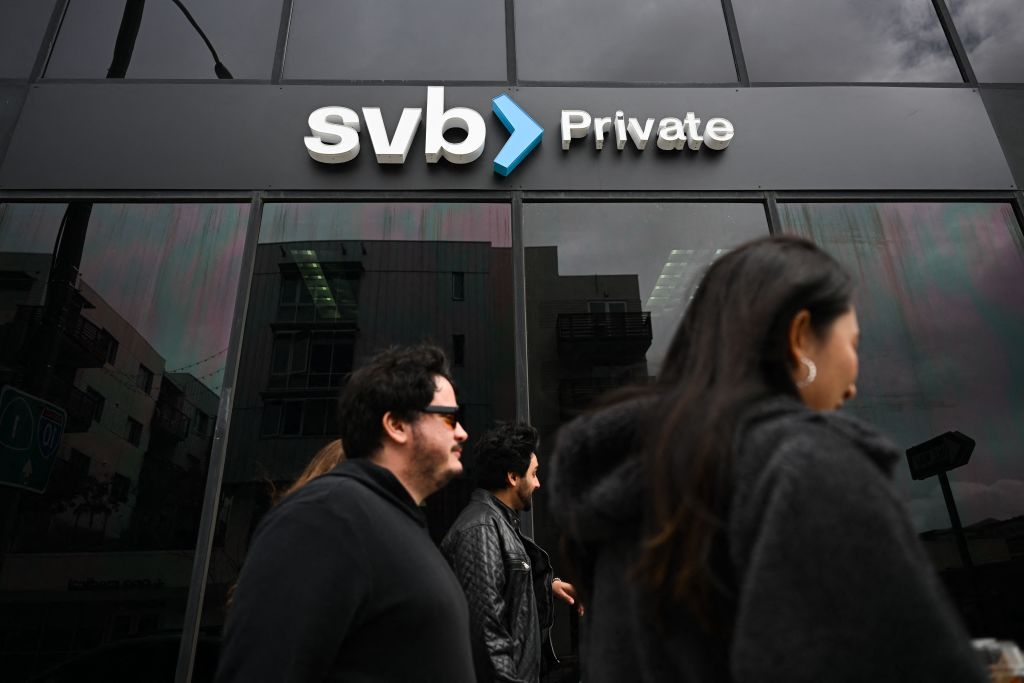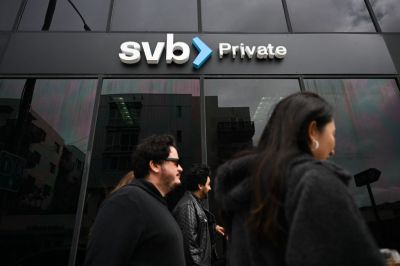A graphic circulating online purports to compare the amount of money the federal government spent making the uninsured depositors of Silicon Valley Bank (SVB) and Signature Bank whole to the annual cost of some recently proposed federal spending programs. Most of the numbers cited in the graphic have credible sources, rounded to the nearest billion dollars, but some of the sources offer different estimates of cost.
The chart claims that it will cost the government $220 billion to cover depositors at SVB ($150 billion) and Signature Bank ($70 billion), but that claim is missing context. Those are the totals of uninsured deposits each bank held prior to their takeover by the Federal Deposit Insurance Corporation. What is unclear is how much of those totals taxpayers will eventually bear since much of it will be funded by the eventual sale of SVB and Signature’s remaining assets. The FDIC drew on the Deposit Insurance Fund, to which banks are required by federal law to contribute, in order to make depositors whole.
Though we don’t yet know what taxpayers will provide to cover SVB and Signature Bank depositors, the graphic’s estimates for the cost of the proposed federal programs are largely accurate.
The $24 billion cited in the graphic as the annual cost of the federal student loan forgiveness plan announced by the Biden administration (but on hold as it faces court challenges) is the White House’s own estimate of the program’s expense. The Congressional Budget Office’s (CBO) estimate of the cost of the policy in its first year came in slightly lower, at $21 billion, rising to a total of $400 billion over 30 years.
The $85 billion number cited as the annual cost of repairing school infrastructure appears in a widely cited study published by the International Well Being Institute, which concluded “that the United States faces a projected shortfall of a staggering $85 billion in school facility funding every year.”
The $20 billion cited as the annual cost of paid family leave comes from an analysis undertaken by the CBO, while the $40 billion number cited as the annual cost of childcare and universal pre-kindergarten comes in at slightly under the $45 billion annual number cited in President Joe Biden’s $3.5 trillion spending plan and slightly more than the $35.1 billion annual cost estimate made by the Wharton School at the University of Pennsylvania.
The $24 billion number cited as the cost of dental coverage for seniors is taken from a 2019 CBO estimate that Medicare would pay $238 billion for full dental coverage over 10 years.
As for community college, the Biden administration has at various times proposed both a $109 billion-over-10-years plan to provide for two free years of community college and a $45.5 billion-over-five-years plan that would have allowed states to do the same. Together the two measures would have totaled $20 billion in annual expenditure.
If you have a claim you would like to see us fact check, please send us an email at factcheck@thedispatch.com. If you would like to suggest a correction to this piece or any other Dispatch article, please email corrections@thedispatch.com.






Please note that we at The Dispatch hold ourselves, our work, and our commenters to a higher standard than other places on the internet. We welcome comments that foster genuine debate or discussion—including comments critical of us or our work—but responses that include ad hominem attacks on fellow Dispatch members or are intended to stoke fear and anger may be moderated.
With your membership, you only have the ability to comment on The Morning Dispatch articles. Consider upgrading to join the conversation everywhere.